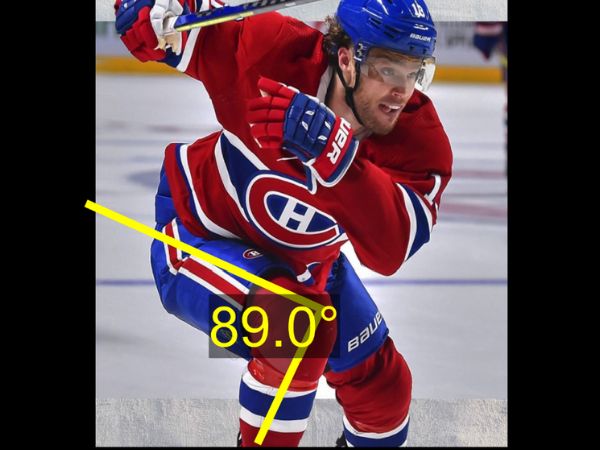We respect your privacy.
We use cookies to serve ads and analyze our traffic. By browsing our site, you consent to our use of cookies.
08.01.2024
The comparison of skating types between Domi-Van Riemsdyk is highly revealing of the differences in motor preferences between hockey players.

Perhaps you've already seen this video on social networks?
Here, we're going to look at it from a new angle, that of motor preferences and typical hockey.
In this video, we see two great players: James Van Riemsdyk (Boston Bruins) & Max Domi (Toronto Maple Leaves).
Here are two great ice hockey players with two very different profiles: one has a C profile and the other a G profile.
In other words, they're very different hockey types: a very earthy profile and a very airy one.
This video is exceptional in that we are lucky enough to have these two players in the same sequence.
It also highlights their different profiles and motor preferences.
Domi is at 80° and James at 120°.
Domi is more of an anchored mass at the back. He's very low to the ground.
Van Riemsdyk, on the other hand, is very slender and aerial.
If we correlate this with the different skating styles according to profiles and motor skills preferences, we see that the Cs and Rs are very aerials.
The further to the right on the axle, the more forward you are, so the more aerial your skating.
The further to the left on the profiles, the more earthy and rearward you are.
The most important thing for aerial profiles is to stay in motion. These profiles like to conserve energy by moving.
At the beginning of June, we're also launching profiling coaching clinics.
Crossover acceleration or crossover starts allow them to use their outside edges and therefore their outside musculature. This is an advantage for this type of profile.
On the other hand, G and D profiles are rather low to the ground. Their center of mass is more to the rear, and they're anchored in the ice.
So, as soon as they can, it's better for them to use their inside edges and their inside and front muscle chains.
These profiles are very strong in stop-and-go and tide turns.
Interested in motor preferences and profile types?
You can find out much more about motor profiles and preferences in our online coaching programs or in our personal coaching.
At the beginning of June, we'll also be launching profiling initiations.
We'll keep you posted: so stay tuned for all the news!
In the meantime, discover your hockey profile with our self profiling app.
You'll find out what type of profile you are: D, G, R, C? Take the free test!
Would you like to comment on this article? Give us your opinion? Contact us privately and we'll be delighted to hear from you.
Contact us